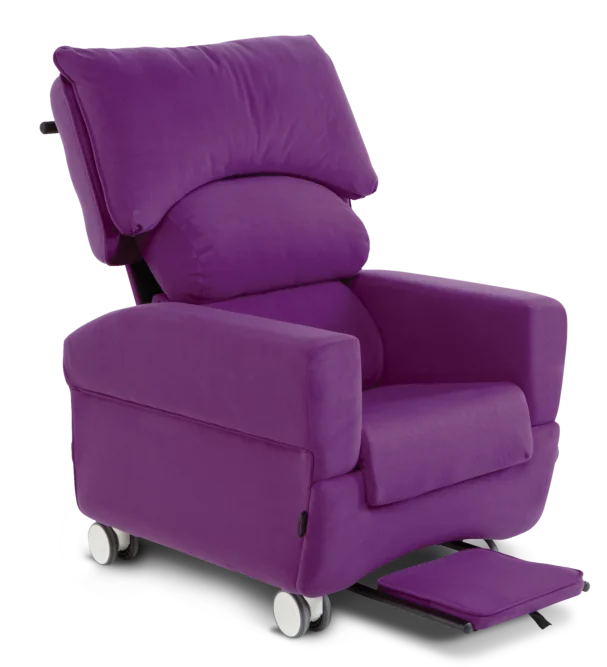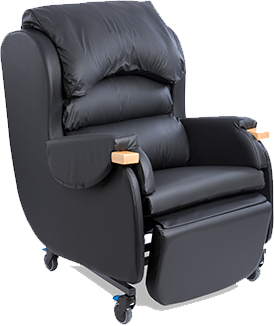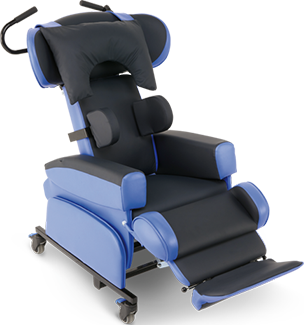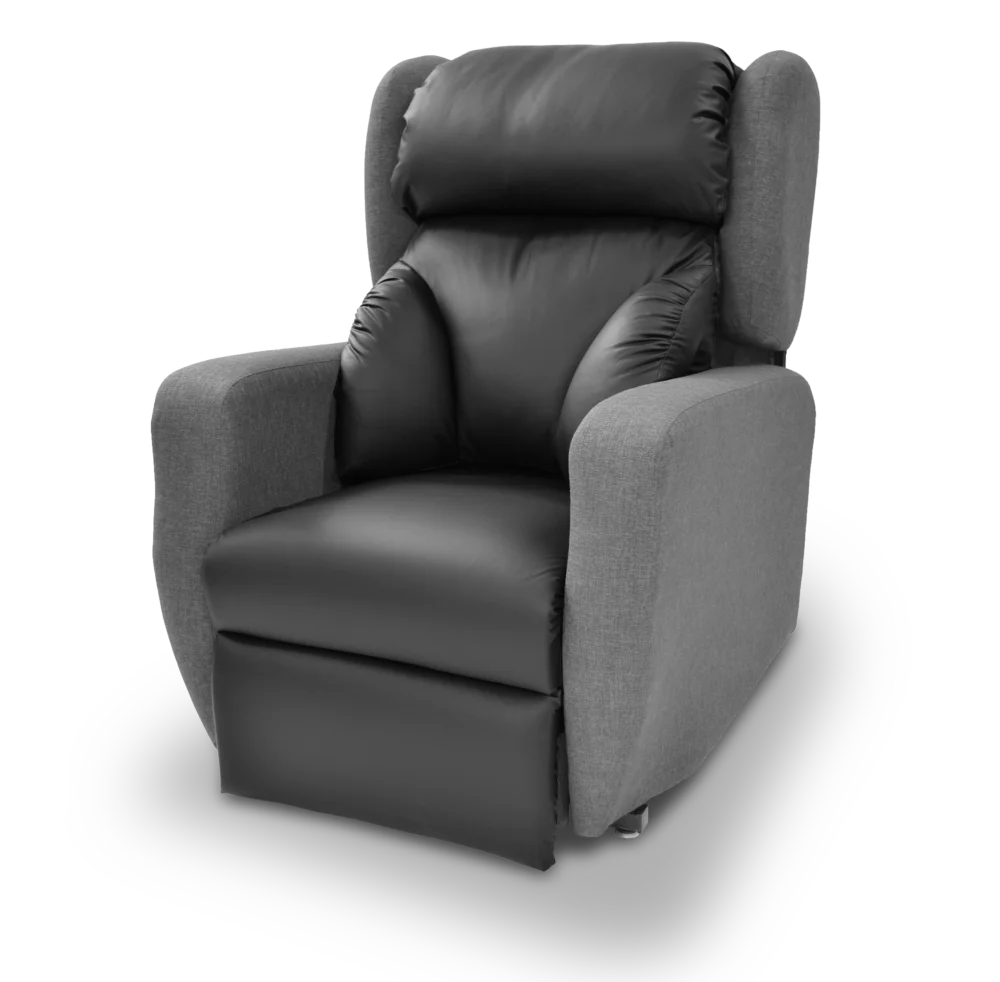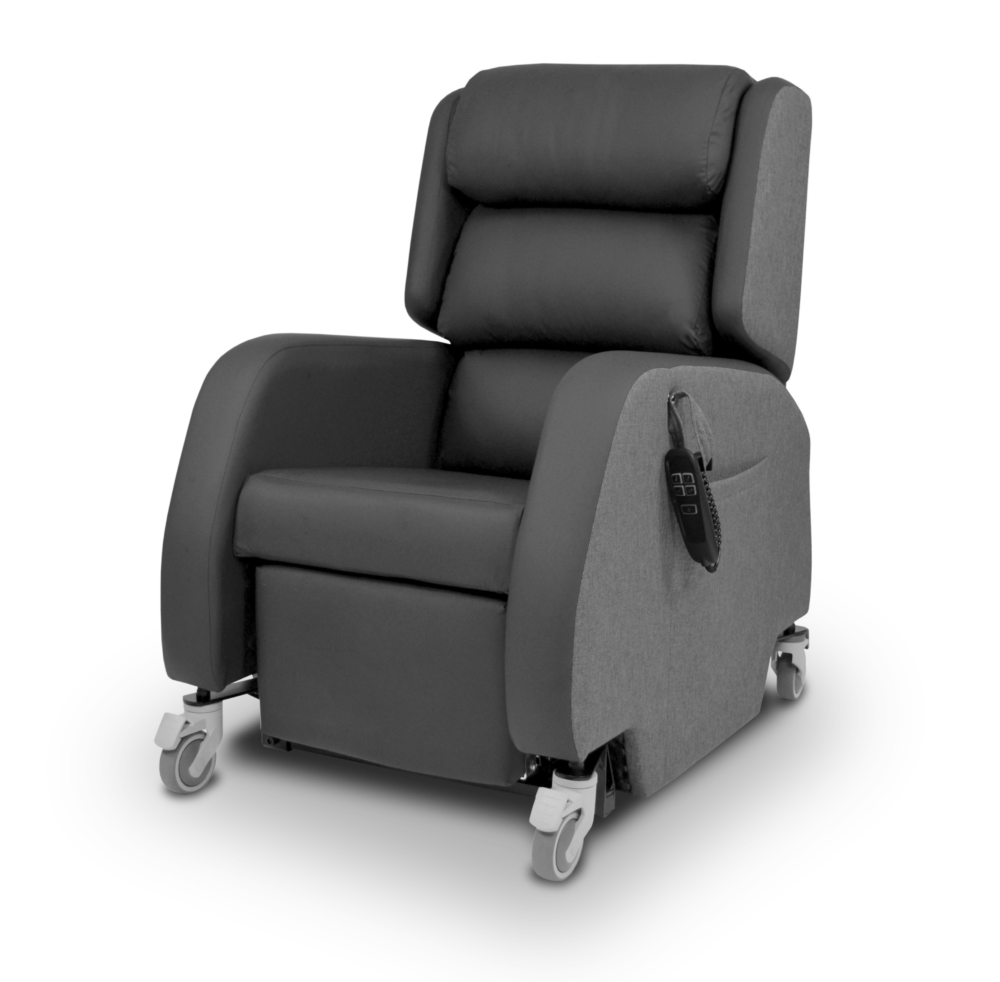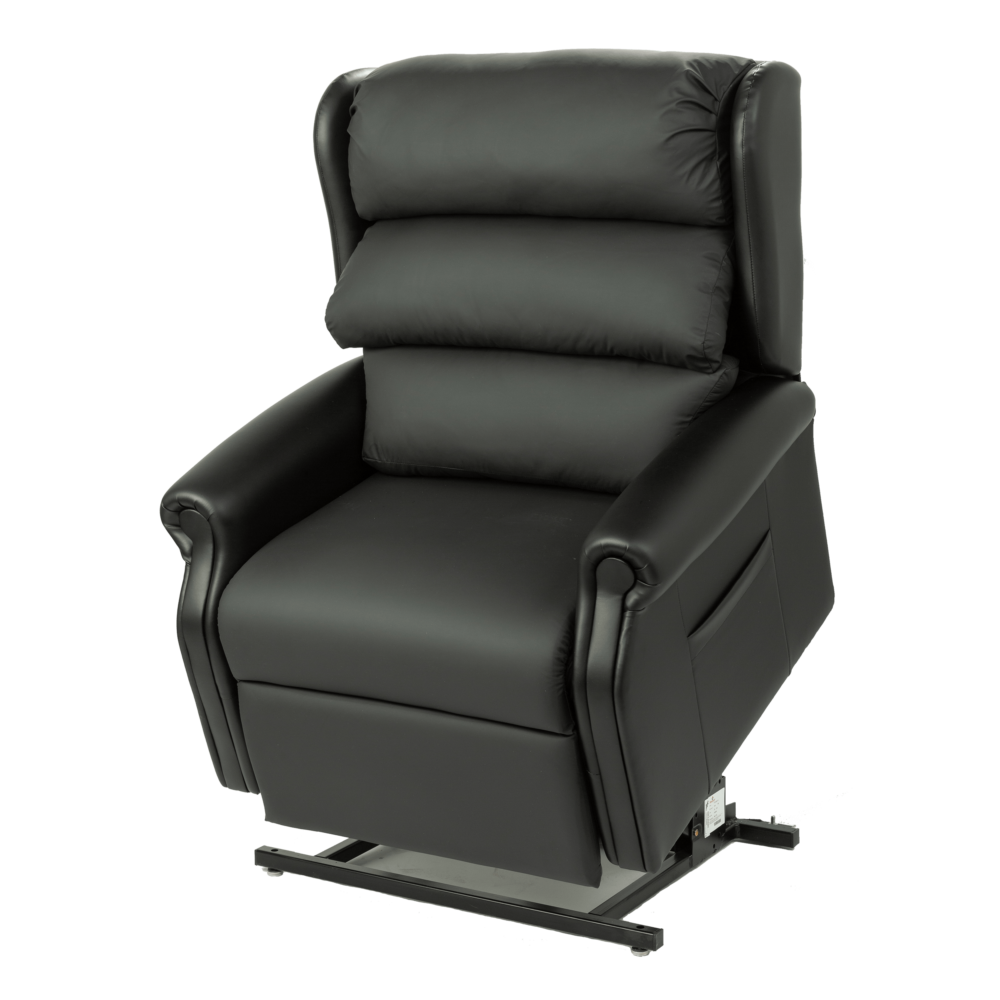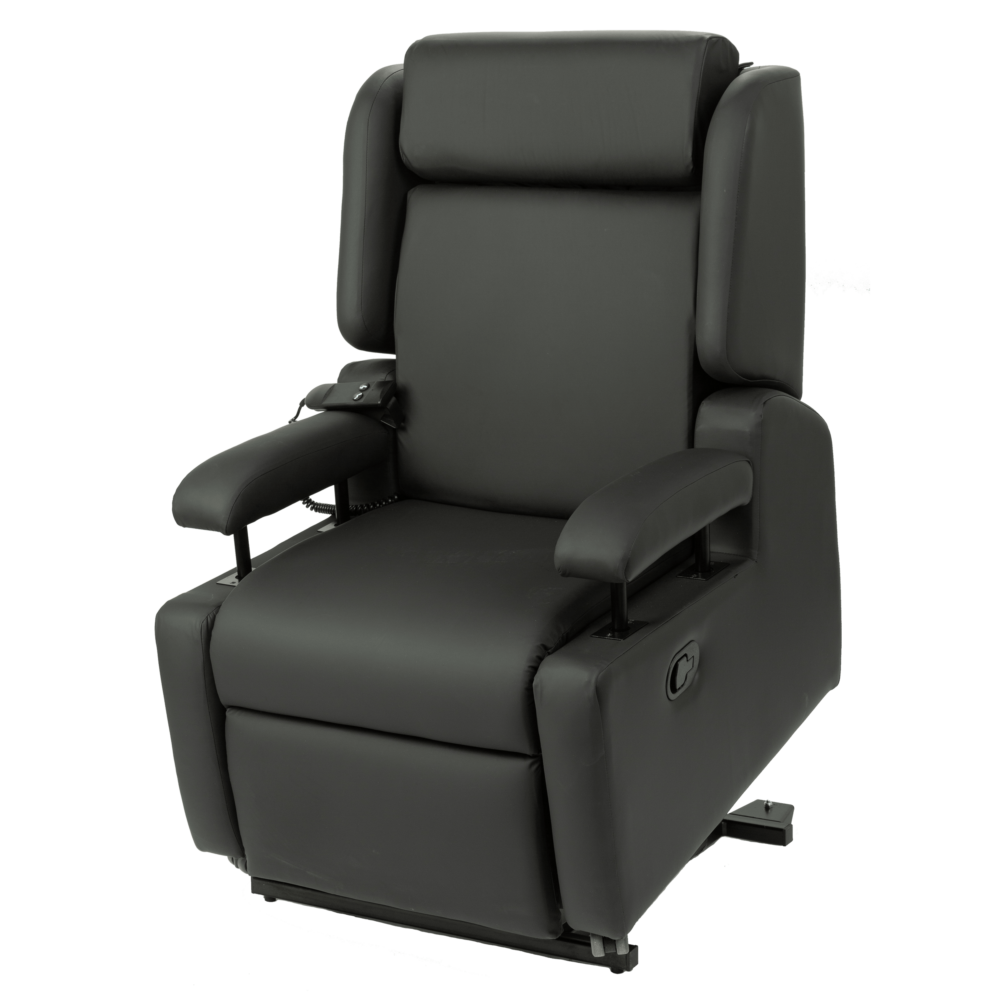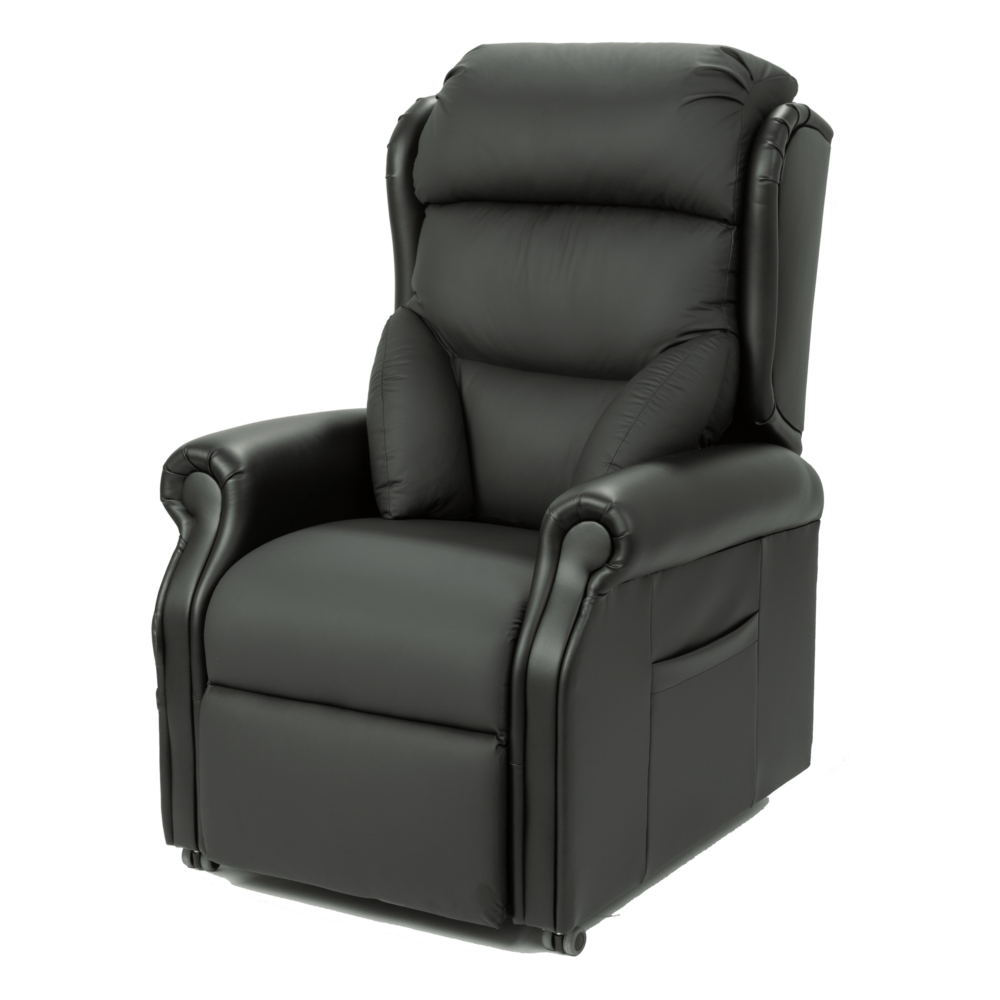What is a lumbar lordosis?
Lumbar lordosis is the normal inward curvature of the lumbar region of the spine. This curve helps the body to absorb shock and remain stable but flexible. However, if the curve arches too far inward, it’s known as an increased lumbar lordosis, or swayback posture. If the individual has an extreme curve, there’ll be a visible C-shaped arch from the lateral view when they stand, and their abdomen and buttocks will stick out.
This postural challenge can be associated with anterior pelvic tilt and an increased thoracic kyphosis.
It is worth noting that an individual can also present with a decreased lumbar lordosis, or flatback posture; this posture will be managed differently, ensuring their spinal posture is adequately supported.
What are the causes?
An increased lumbar lordosis can be caused by other abnormal spinal curvatures impacting on the lumbar region, tight spinal muscles, or pelvic instability. Certain conditions and factors can also increase the risk for lordosis, such as osteoporosis, discitis, pregnancy, and obesity.
What are the effects?
- Pain
- Fatigue
- Instability
- Reduced functionality
Are there any seating solutions that can help?
Management will depend on whether the increased lumbar lordosis is correctable or fixed, which can be identified during a comprehensive assessment. It is essential to assess if an increased anterior pelvic tilt is the cause as this will need addressing first. Seating solutions can include:
- Tilt-in-space, a ramped base, or pelvic belt, following a risk assessment, to encourage pelvic stability, comfort and energy management
- Ensuring appropriate support to the shape of the spine – consider a lumbar support; however, can sometimes increase hyperextension
- Using a tray to form an anterior support for the trunk – this can often be very effective and functional for the user

